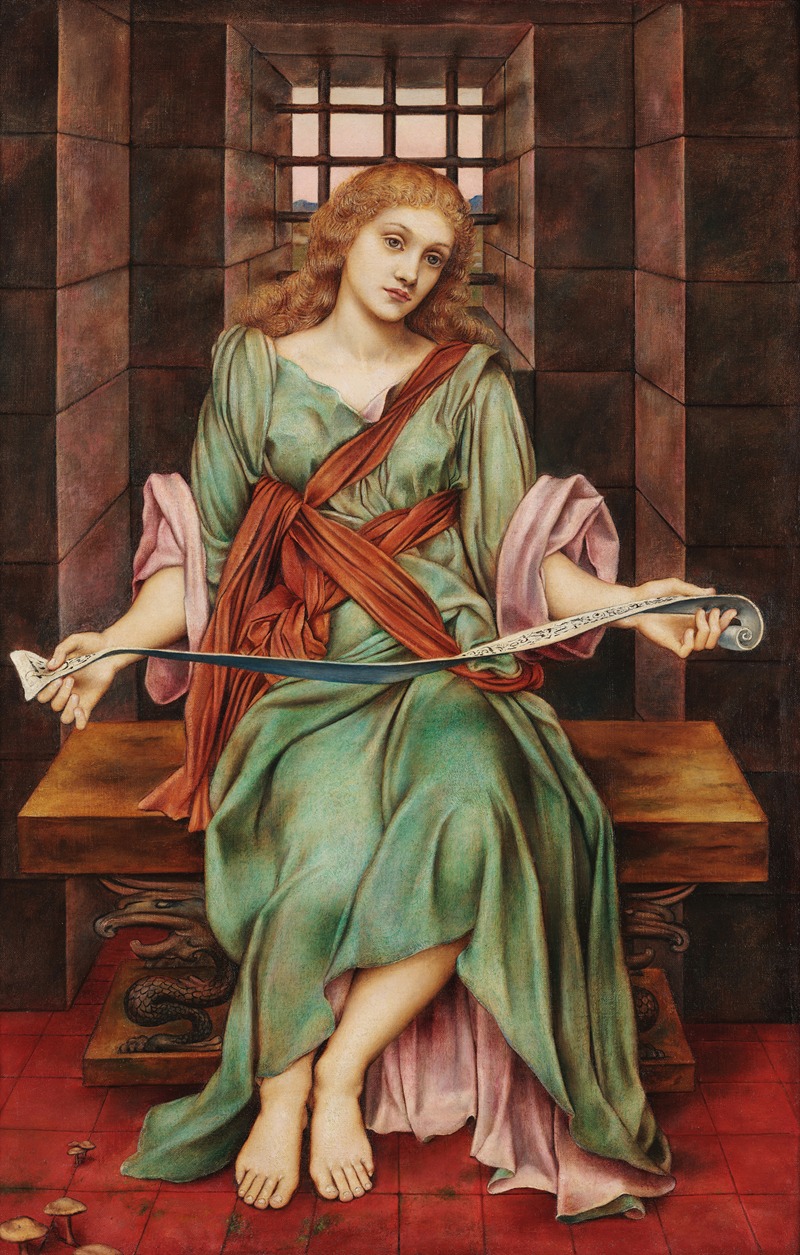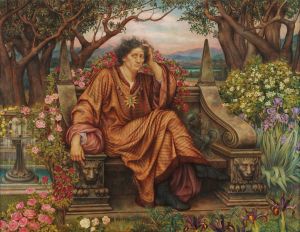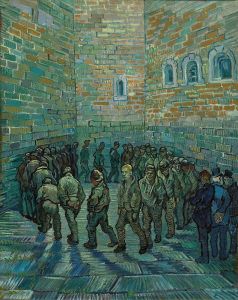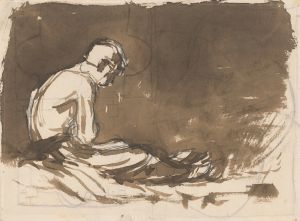
The Soul’s Prison House
A hand-painted replica of Evelyn De Morgan’s masterpiece The Soul’s Prison House, meticulously crafted by professional artists to capture the true essence of the original. Each piece is created with museum-quality canvas and rare mineral pigments, carefully painted by experienced artists with delicate brushstrokes and rich, layered colors to perfectly recreate the texture of the original artwork. Unlike machine-printed reproductions, this hand-painted version brings the painting to life, infused with the artist’s emotions and skill in every stroke. Whether for personal collection or home decoration, it instantly elevates the artistic atmosphere of any space.
"The Soul’s Prison House" is a painting by the British artist Evelyn De Morgan, completed in 1889. Evelyn De Morgan was a prominent figure in the late 19th and early 20th centuries, known for her association with the Pre-Raphaelite movement and her distinctive style that often incorporated spiritual and allegorical themes.
This particular work, "The Soul’s Prison House," is emblematic of De Morgan's interest in exploring themes of the soul, spirituality, and the metaphysical. The painting depicts a female figure, which is a common motif in De Morgan's work, as she often used women to symbolize broader human experiences and spiritual concepts. The figure is portrayed in a contemplative pose, suggesting introspection and an inner struggle or journey.
The title "The Soul’s Prison House" itself suggests a theme of confinement and liberation, a duality that De Morgan explored in various works. This theme can be interpreted as the soul being trapped within the physical body or the material world, yearning for freedom or enlightenment. Such themes were prevalent during the Victorian era, a time when spiritualism and the exploration of the metaphysical were gaining popularity.
Evelyn De Morgan's technique in this painting, as in her other works, is characterized by meticulous attention to detail and a rich, vibrant color palette. Her use of color and light often imbues her paintings with a sense of otherworldliness and depth, drawing the viewer into the allegorical narrative she presents.
The painting reflects De Morgan's broader artistic and philosophical interests, which were influenced by her involvement with the Theosophical Society, an organization dedicated to exploring spiritual and mystical subjects. Her works often convey a sense of moral and spiritual inquiry, reflecting her belief in the potential for art to express profound truths and inspire personal transformation.
"The Soul’s Prison House" is part of a larger body of work by De Morgan that challenges the viewer to consider the nature of the soul and its relationship to the physical world. Her paintings frequently incorporate symbols and motifs that invite interpretation and reflection, making them rich subjects for study in the context of both art history and spiritual philosophy.
Evelyn De Morgan's contributions to art were significant during her lifetime, and her works continue to be studied and appreciated for their unique blend of aesthetic beauty and philosophical depth. "The Soul’s Prison House" remains an important example of her artistic legacy, showcasing her ability to weave complex themes into visually captivating compositions.


















